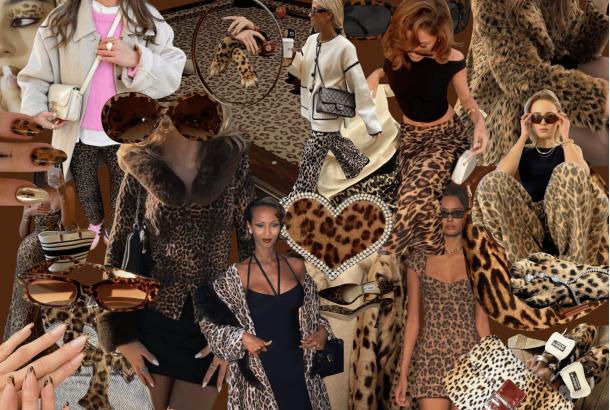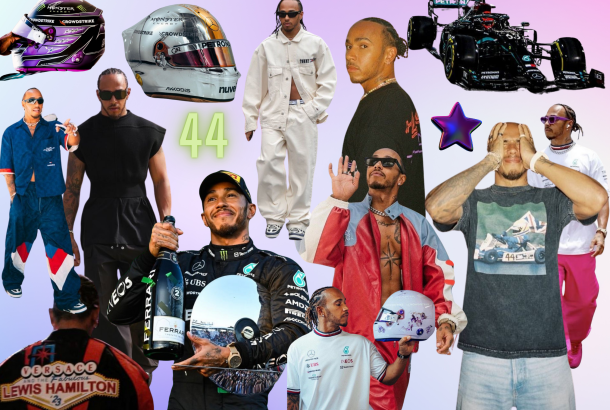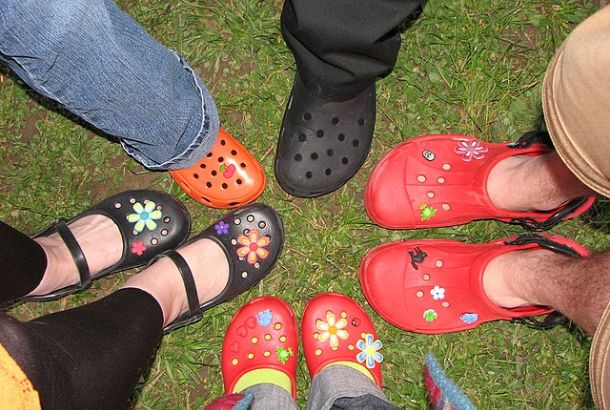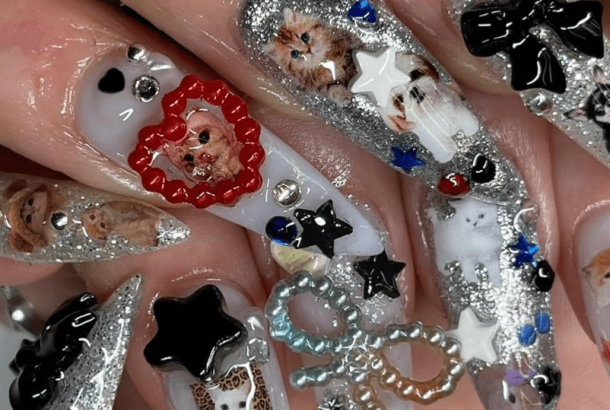What does ‘Bimbofication’ mean for feminism?
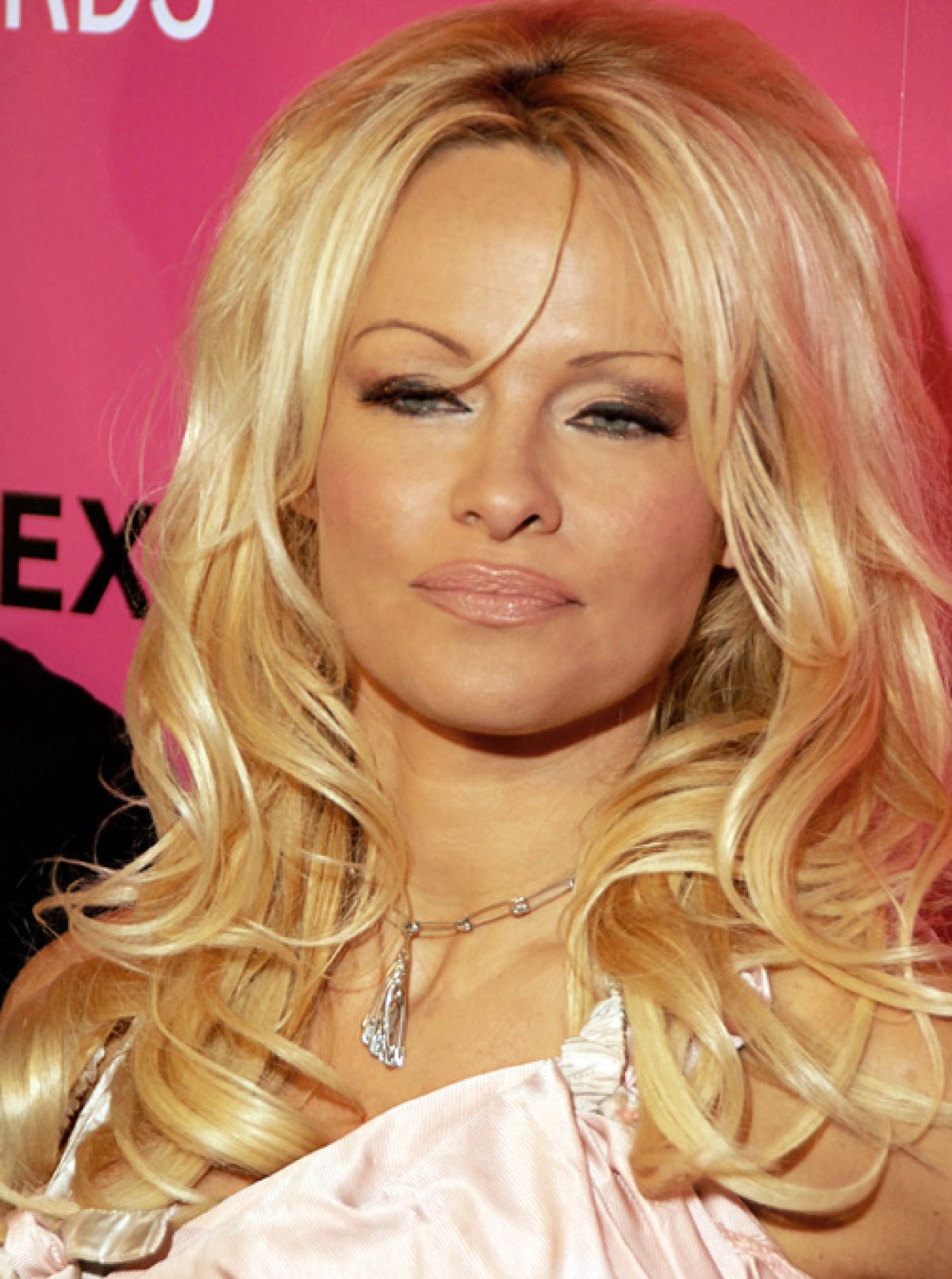
Last time we checked, the term ‘bimbo’ was a slur. Typically, it acts to sexualise a woman through placing focus on her looks over her brains. It’s an insult to female intelligence. However, ‘Bimbofication’ has gained traction on TikTok, many female users support the term and some are even claiming it as their own. So, what’s changed now?
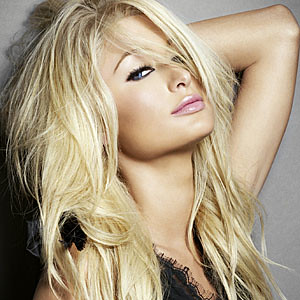
‘Bimbo’ was first used in the 80’s after a stream of political scandals in the media centred around sex and beautiful women. Pamela Anderson was a star at the time, and her tanned, blonde appearance led to the formation of the bimbo archetype. Now, the look is perhaps most commonly associated with the noughties and 2010s. Calling to mind bleach blonde hair, heavy makeup and an outfit showcasing all shades of pink, the noughties bimbo encompassed all things stereotypically feminine.
Such women were often criticised for their focus on appearance and were treated as stupid – unable to be both beautiful and smart. Indeed, it worked on the basis of assumption over fact. The attribution of glamour to simple-mindedness was an unfounded principle, but continued use of the word and name-calling in the media had wide-spread ramifications.
It was icons like Paris Hilton and pop culture moments like Legally Blonde and Mean Girls which brought the beautified look into fashion. Their fame encouraged girls to begin wearing the same Juicy Couture diamante tracksuits and peroxide hair shown on screens, giving rise to a fashion trend which spanned the decade. Bigger implications came when the term became applicable to entire groups of girls instead of individual stars. Moving from the celebrity world to the public sphere, a warped image of femininity was being used to tie misogynistic stereotypes to a generation of women.
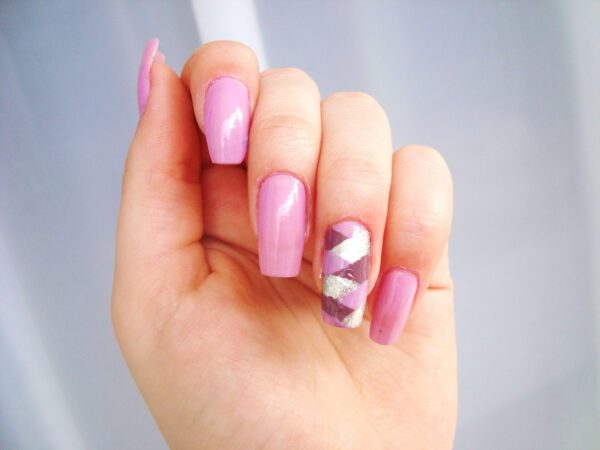
Specifically, the term belittles women to assert male authority. Aesthetic qualities associated with the traditional bimbo image, gratify the male gaze. Light blonde hair is a long-established symbol of purity, innocence and most significantly, virtue. Under a sexualised male gaze, these are equated to virginity, and considered favourable qualities by many men.
Marilyn Monroe’s ‘Gentlemen Prefer Blondes’ (1953) comes to mind. Dating the term back to perhaps the first famous blonde bimbo herself, the title demonstrates the way female beauty standards existed to entertain men. ‘Diamonds are a Girls Best Friend’ from the same film – hailed the ‘classic bimbo hit’ by Grit Daily -can be considered in the same way. A woman’s infatuation with material objects, like the sparkles on diamante leggings or jewel encrusted chokers of the ‘00s was taken as an indication of unintelligence. Obsession with material objects was considered shallow and therefore without intellectual depth.
Likewise, the overdrawn lips and heavy eye-makeup worn by bimbos drew attention to their physical features, likely too to be objectified under the male gaze. But why should women have to stop wearing makeup in order to gain the respect of society?
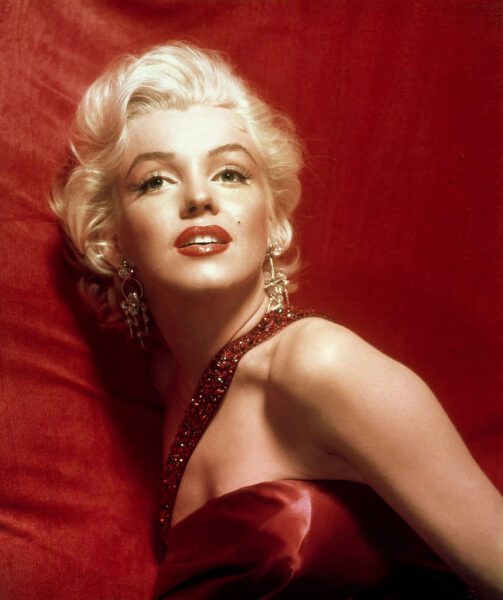
Today on TikTok the term is being reclaimed to represent a very specific kind of hyperfemininity. New bimbos are good-looking and smart. They haven’t completely left behind the Juicy tracksuits of the ‘00s, and pink is still their colour of choice. But the resurgence of the term is under a new gaze (and not the male one).
Online users are encouraging girls to embrace their looks and their brains irrespective of society’s expectations of the beautified look. The duality pushes the new collective of women outside the two stereotypes they once had to choose between. ‘Bimbofication’ has however received some criticism by those concerned with its inclusivity. Although the term ‘bimbo’ has a male version – ‘himbo’, it has been criticised for being white-centric, ableist and fat-phobic.
It’s true that the historical bimbo icons were historically white, slim, heterosexual females. Chrissy Chlapecka is at the front of the movement and recently spoke to Refinery 29 on the matter, saying that ”the bimbo is somebody who radiates confidence, is comfortable in themself, and doesn’t give a f*** about what anyone says to them’’. They are ‘pro-choice, pro-sex work, pro-BLM, and she, he, or they likes to look pretty’.
Generally, the trend re-establishes femininity in a powerful way, which aims include all. It allows people to honour their feminine side. Instead of a sign of weakness, caring about a beauty routine and liking the colour pink can be empowering.
